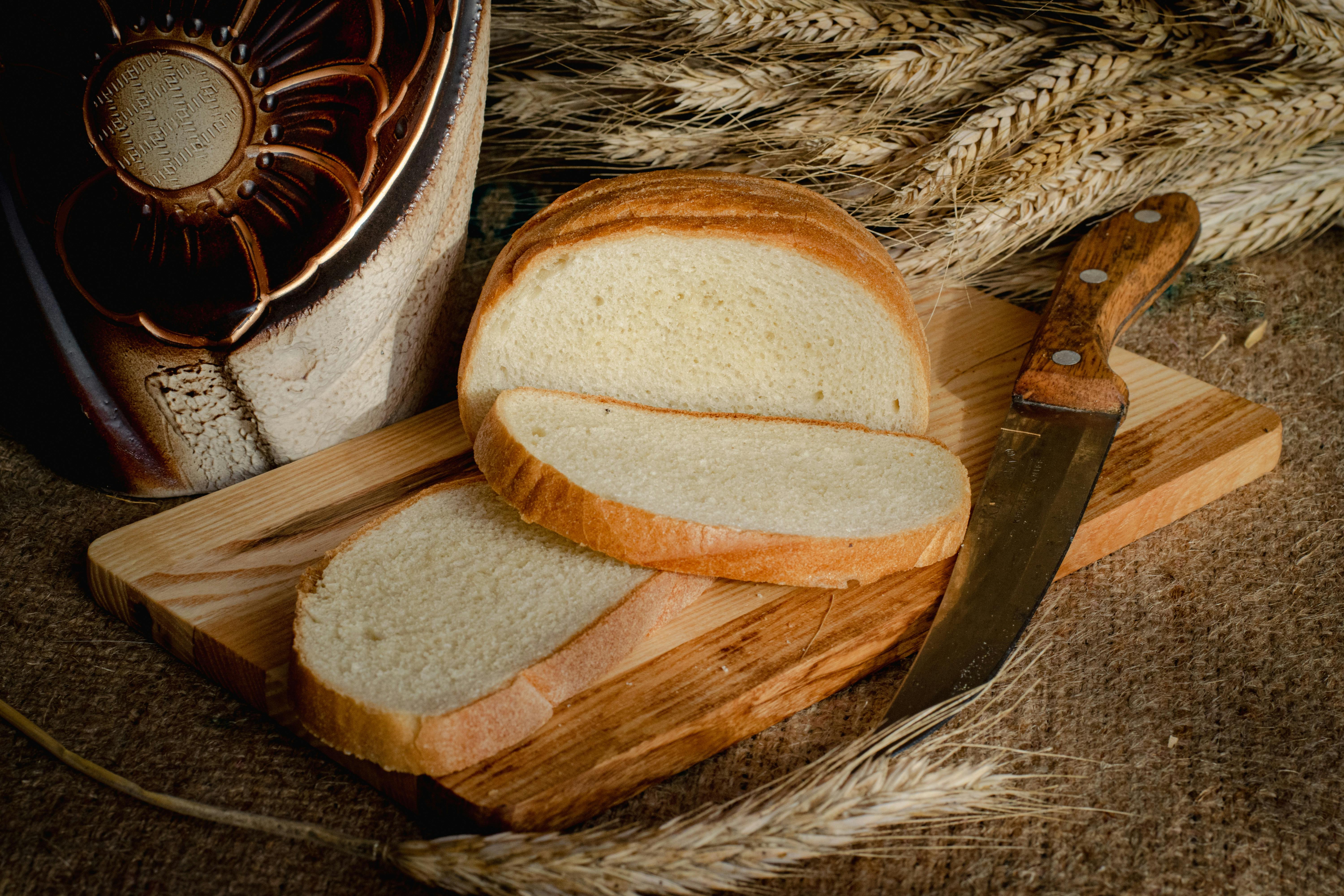
Smart Ways to Optimize Your Lymphedema Diet for 2025
Lymphedema, a condition characterized by chronic swelling, significantly impacts many individuals, and how we eat can play an essential role in managing symptoms. A well-tailored lymphedema diet can reduce swelling, enhance overall health, and improve quality of life. Implementing specific dietary guidelines for lymphedema can help in selecting lymphedema-friendly foods while avoiding certain items that may exacerbate the condition. In this article, we explore key food choices for lymphedema, meal planning strategies, and practical tips to optimize your nutrition.
Understanding the important role that nutrition for lymphedema plays ensures that you are taking proactive steps in managing your health. By focusing on whole foods, such as fruits and vegetables, while minimizing processed items, you can significantly improve how your body responds to lymphedema. We'll also explore the benefits of hydration and how healthy eating for lymphedema is more than just avoiding certain foods.
We will provide insights into creating a comprehensive lymphedema meal plan, highlight some delicious lymphedema recipes, and offer practical advice on navigating social situations and dining out. The importance of seeking nutrition consultation for lymphedema will also be discussed, alongside recommendations for supplement use and hydration tips.
This article will equip you with the knowledge and strategies needed to take control of your diet and, ultimately, your lymphedema management. So, let's dive in and discover how to optimize your nutrition!
Understanding the Lymphedema Diet
Building on the fundamental principles of nutrition for health, particularly for managing lymphedema, understanding the lymphedema diet is essential. This includes recognizing which foods can exacerbate symptoms and which foods can help alleviate them. A common dietary approach includes following an anti-inflammatory diet for lymphedema that focuses on whole, unprocessed foods.
Key Components of a Lymphedema Diet
A diet for lymphedema should incorporate anti-inflammatory foods such as:
- Fruits: Dark berries, oranges, and grapes are excellent due to their antioxidants.
- Vegetables: Leafy greens, broccoli, and sweet potatoes provide essential nutrients.
- Whole grains: Brown rice, quinoas, and oats are good options, offering fiber and energy.
Avoiding foods to avoid for lymphedema is equally essential. Processed foods high in salt, sugars, and unhealthy fats can lead to increased fluid retention and inflammation. Focusing on hydration for lymphedema can significantly improve lymphatic function; aim for 8-10 glasses of water per day, potentially consider incorporating anti-inflammatory teas.
Analyzing Food Labels
To navigate your lymphedema food choices effectively, it is crucial to read food labels carefully. Look for items that are:
- Low in sodium
- High in fiber (aim for soluble fibers to aid digestion)
- Rich in vital vitamins and minerals
Using a food diary can help track foods that affect your swelling, enabling you to make adjustments as necessary. Additionally, avoiding added sugars and unhealthy carbohydrates will dramatically improve overall health and potentially alleviate symptoms.
Meal Preparation Strategies
Preparation is key! Having a lymphedema meal plan in place that incorporates balanced meals and snacks helps maintain energy levels throughout the day. Consider creating a weekly menu that emphasizes:
- Lean protein sources (such as beans, legumes, and fish)
- Healthy fats (such as avocados, nuts, and olive oil)
- A variety of fruits and vegetables to ensure a spectrum of nutrients
Engaging with your community for cooking classes for lymphedema or finding online resources will provide further support in meal preparation.
Hydration and Its Role in Lymphedema Management
With these fundamentals established, we can explore the critical topic of hydration, which plays a vital role in managing lymphedema. Proper hydration supports lymphatic function and helps to prevent unnecessary swelling.
Hydration Strategies for Lymphedema
Maintain your hydration levels with the following tips:
- Water intake: As mentioned, aim for 8-10 cups of water daily.
- Hydrating foods: Include water-rich foods, such as cucumbers, tomatoes, and watermelon.
- Avoid diuretics: Limit caffeinated and sugary beverages as they can lead to dehydration.
Incorporating herbal teas, particularly those known for their anti-inflammatory properties, can be a beneficial addition to your hydration plan. Green tea and ginger tea, for instance, have shown promise in reducing inflammation.
The Impact of Sodium on Lymphedema
Following a low-sodium diet for lymphedema is critical. Sodium can lead to fluid retention, worsening lymphedema symptoms. Here’s how to reduce sodium intake:
- Use a fresh herb and spice herb mix instead of salt when cooking.
- Avoid processed foods, which are often high in hidden sodium.
- Choose fresh, whole foods whenever possible.
Hydration for lymphedema and low sodium intake work hand-in-hand to manage swelling effectively. Understanding the connection between fluid intake and body function is crucial in creating a supportive environment for your lymphatic system.
Smart Grocery Shopping for Lymphedema
Connected to the previous section on hydration, effective grocery shopping is vital in ensuring a consistent lymphedema-friendly diet. A well-planned shopping list can limit impulsive purchases and simplify meal prep.
Creating a Lymphedema Grocery List
When preparing your grocery list, consider including:
- Fresh fruits and vegetables (choose seasonal if possible)
- Lean proteins (chicken, turkey, beans)
- Whole grains (quinoa, brown rice, oats)
Remember to evaluate food safety for lymphedema, ensuring you wash all produce thoroughly and keep proteins fresh to avoid foodborne illnesses.
Utilizing Meal Delivery Services
For busy families or individuals seeking assistance, using meal delivery services tailored to lymphedema diets can be advantageous. These services often provide pre-prepared meals that align with anti-inflammatory and low-sodium dietary guidelines, saving you time and effort.
Shopping Mindfully
While at the store, always focus on balancing your cart with a variety of food groups. Avoid aisles filled with processed snacks and sugary beverages, which can derail your healthy eating journey. Instead, opt for fresh ingredients and consider opportunities for healthy swaps—think air-popped popcorn instead of chips or hummus instead of creamy dips.
Making Lymphedema-Friendly Choices in Real-Life Scenarios
Transitioning to realistic lymphedema meal ideas isn’t just about what you eat at home; it also extends to social events and dining out. This naturally leads us to discuss strategies for eating out and engaging in social situations while managing lymphedema.
Navigating Restaurants
When dining out, consider these tips:
- Review menus beforehand for lymphedema-friendly snacks and meals.
- Ask for modifications: don’t hesitate to request dishes to be prepared without added salts or unhealthy fats.
- Choose grilled, baked, or steamed options over fried foods.
If you’re attending a potluck or gathering, consider contributing a dish that aligns with your lymphedema diet. Sharing lymphedema recipes with friends can help widen their understanding of your dietary needs, fostering support.
Meal Timing for Lymphedema
Lastly, pay attention to meal timing, which can impact overall energy and swelling levels. Aim for:
- Regular meals throughout the day to maintain stable energy levels.
- Avoid heavy meals late at night to minimize discomfort and swelling during rest.
By adjusting meal timing and preparation, you can create a routine that supports your daily activities and lymphedema management.
Incorporating Family and Community Support
As we wrap up our discussion on optimizing your lymphedema diet, let’s focus on community involvement and how engaging with others can be beneficial. Having a solid support network can boost your motivation and adherence to a lymphedema diet.
Family Involvement in Meal Planning
Include family members in meal planning can enhance their understanding and willingness to participate. Involve them in:
- Planning meals
- Shopping for groceries together
- Preparing meals collaboratively
This not only helps you stay committed to your lymphedema-friendly meals but also educates others about your dietary choices and challenges.
Engaging with Community Programs
Participating in lymphedema support groups or workshops can provide insights and shared experiences that motivate you. Resources such as online support forums or local workshops make excellent platforms for sharing tips and discussing experiences related to lymphedema nutrition.
Feedback from Health Professionals
Regular check-ins with a dietitian for lymphedema can ensure that your dietary approaches are personalized to your unique needs. Engaging with healthcare professionals will enhance your understanding of how food choices impact your lymphedema and provide a solid foundation for a sustainable lifestyle change.
Final Thoughts on the Lymphedema Diet
As we conclude, remember that managing lymphedema through diet is a multifaceted approach that emphasizes healthy eating, hydration, and the avoidance of certain foods. By focusing on dietary supplements for lymphedema, including generous amounts of fruits, vegetables, and whole grains, you can significantly improve not only your symptoms but also your overall health. Continued support from family, friends, and health professionals is invaluable in making sustainable lifestyle changes.
With the right knowledge, resources, and commitment, you can effectively manage your lymphedema, leading to a healthier and more fulfilling life.
 example.com/image2.png
example.com/image2.png
 example.com/image3.png
example.com/image3.png